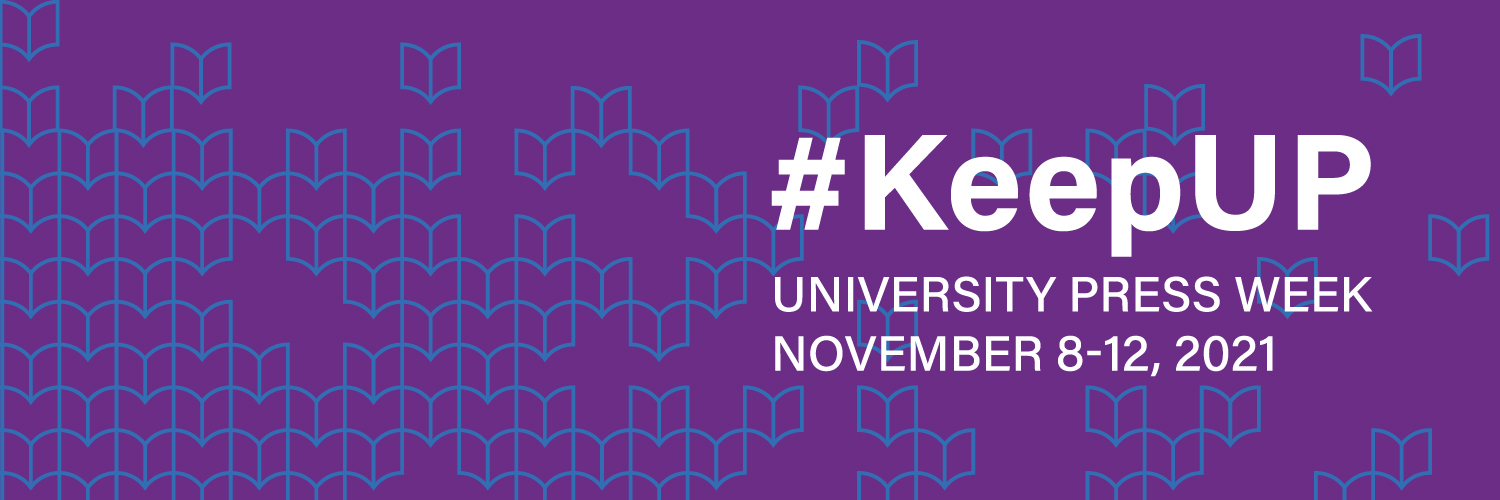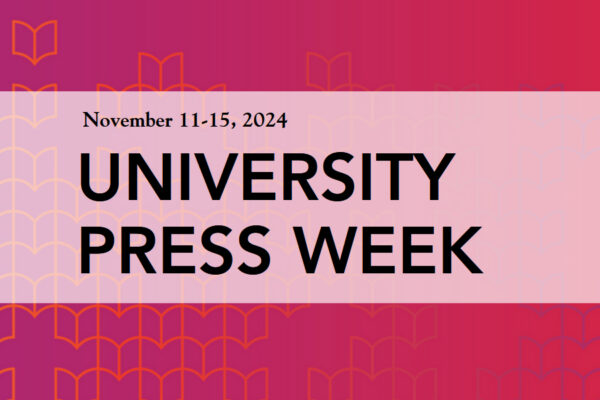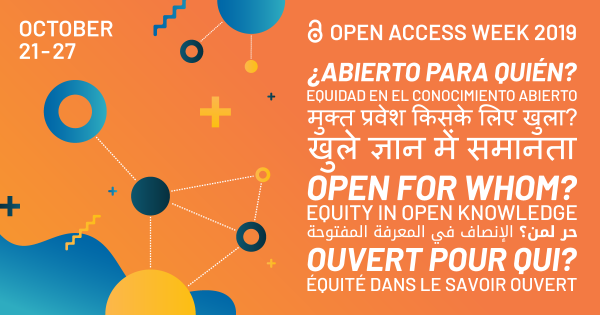AU Press is the proud publisher of The International Review of Research in Open and Distributed Learning, more commonly known as IRRODL. Athabasca University Press was the first open access press in Canada, so it is hardly a surprise that the first open access journal in Canada also originated at the same institution
The First Volume: Making Its Mark
In the opening pages of the very first issue of IRRODL, Peter Cookson, then editor, declared his intent to make IRRODL “the premier international journal of open and distance learning” (Cookson 2000). (Notably, in this first editorial, Cookson never uses the term “open access,” an indication that likely the term was not yet synonymous with the work of making published research and scholarship available to readers for free.)
Cookson’s ambitions, and those of the journal editors that followed him, have been realized in the intervening years. Today, with more than 91 issues to its name, IRRODL is the highest ranked Canadian education journal and the sixth ranked journal in the category of “educational technology” according to Google Scholar’s international rankings. It also carries an H index score of 68, according to SCImago.
More than one hundred articles are submitted to IRRODL each month, proving that there are a significant number of scholars seeking a high-quality open access outlet that doesn’t charge articles processing fees.
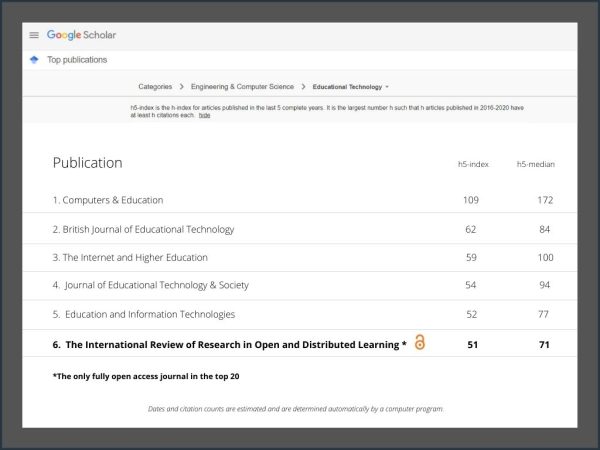
Partnership
In 2007, when AU Press was founded as an open access publishing house at Athabasca University, IRRODL moved into the press where it could be provided additional publishing support. With the strong and determined leadership of the journal, IRRODL continued to build its reputation and seek out new opportunities to draw in a diverse group of authors from across the globe. A quick review of the journal’s list of contributing authors and reviewers reveals the fruits of a long-standing commitment to an international scope
Can’t beat ‘em?
IRRODL discovered early on that the resistance to open access publishing outlets within the scholarly community had little to do with a lack of support for open dissemination of research and more to do with the acknowledgement by scholars and their institutions that citation metrics like a journal’s impact factor and or its H-index score are still driving tenure and promotion processes.
A consistently rising CiteScore and numerous other metrics place IRRODL in the top ranks of its domain. With more than twenty years of publishing in open access to its name, IRRODL and by extension AU Press, has proven that an open access journal can garner reputational benefits competitive with the best of its restricted access competitors.
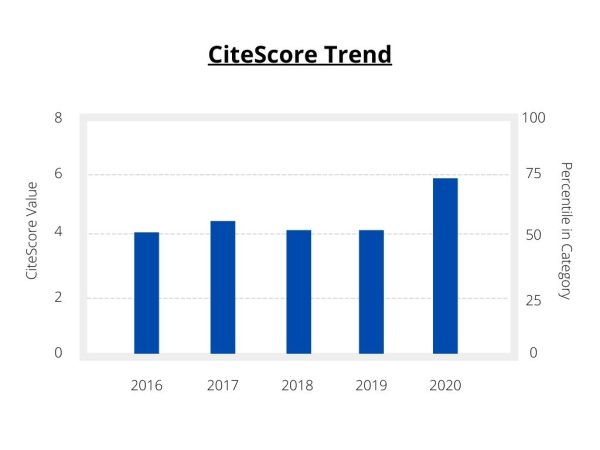
“IRRODL has been leading the way in open access in Canada from its very beginning,” says editor-in-chief Rory McGreal, “It led the fight for recognition of open access with government funding agencies in the early years of this century and continues to lead in supporting open access, having recently been awarded the Directory of Open Access Journals (DOAJ) Seal for the highest quality in open access.”
Not Done Yet
But fitting in has never been the full extent of the ambitions for IRRODL. The focus of the journal will continue to evolve in the years to come as it takes on new formats for dissemination (see the CIDER sessions series and the OER Knowledge Cloud, for example). And the journal editors, contributors, and board will continue to advocate for open dissemination practices that meet the needs of scholars and learners—not to mention publish leading research in the field of open and distributed learning.
Cookson, Peter. 2000. “Editorial.” International Review of Research in Open and Distributed Learning 1(1): 1–5.
